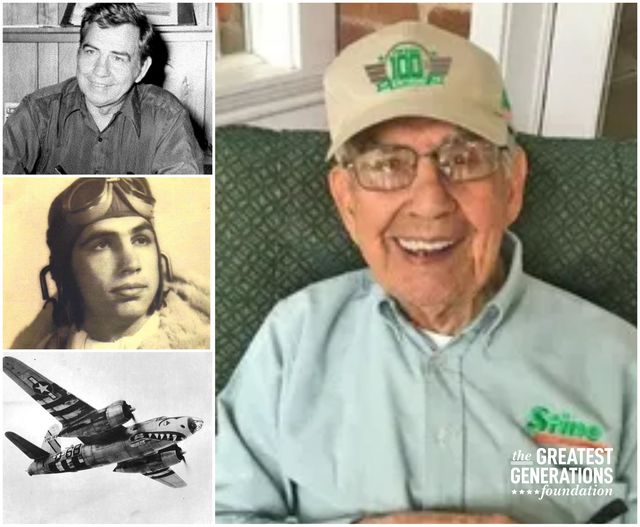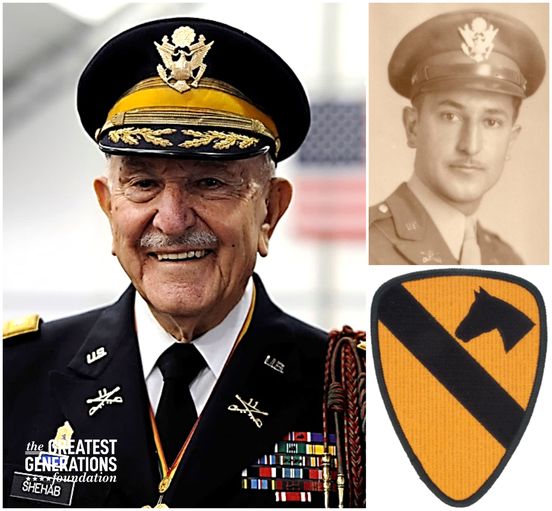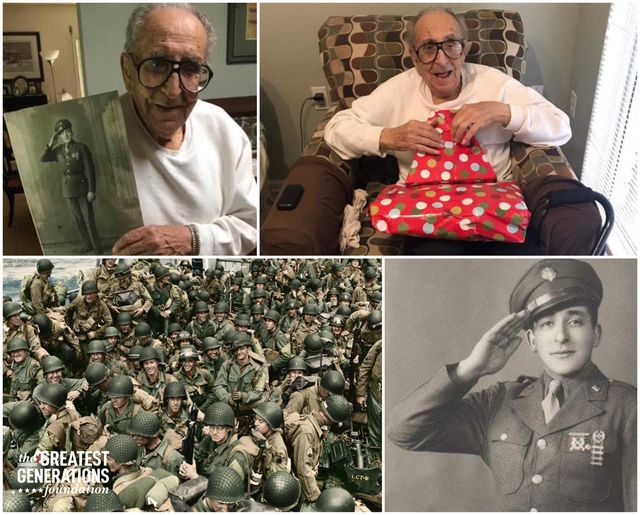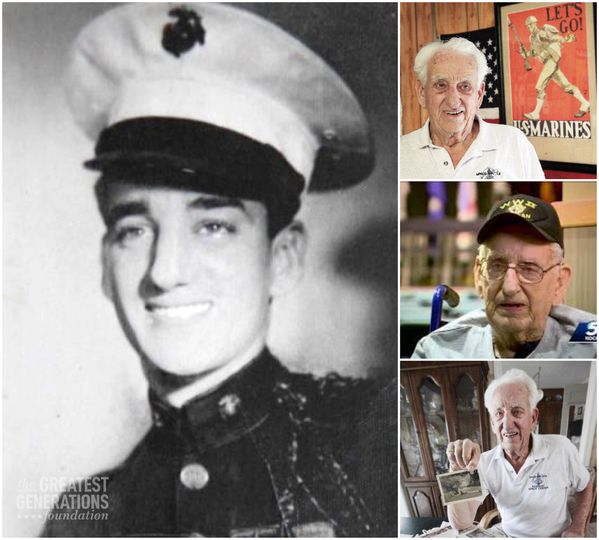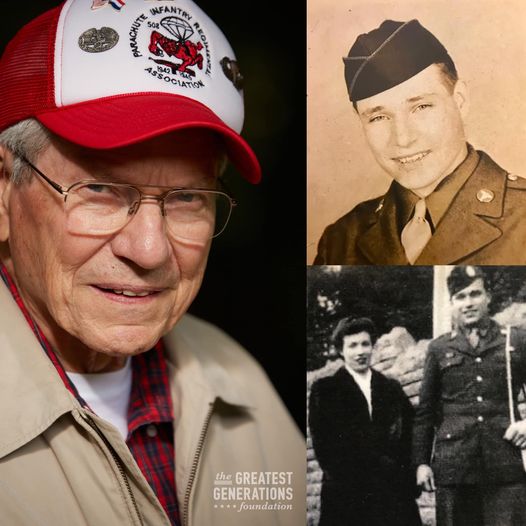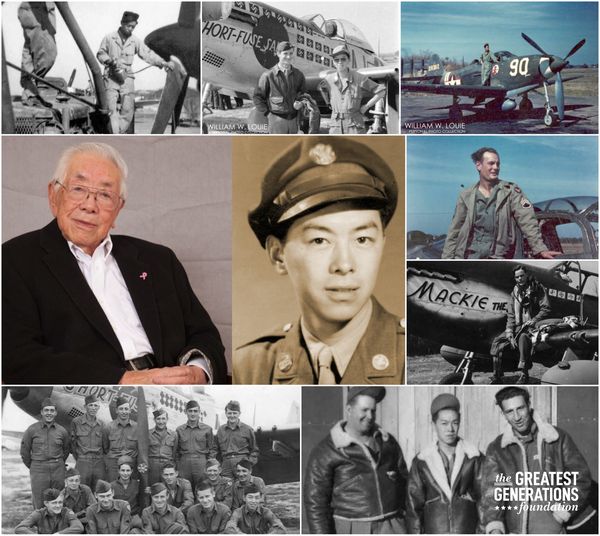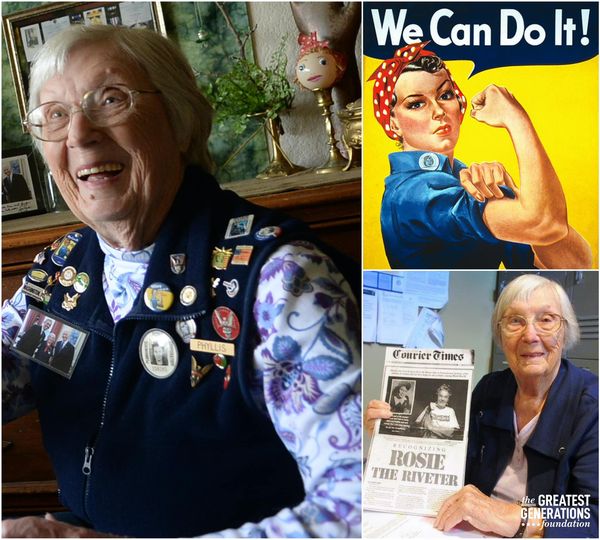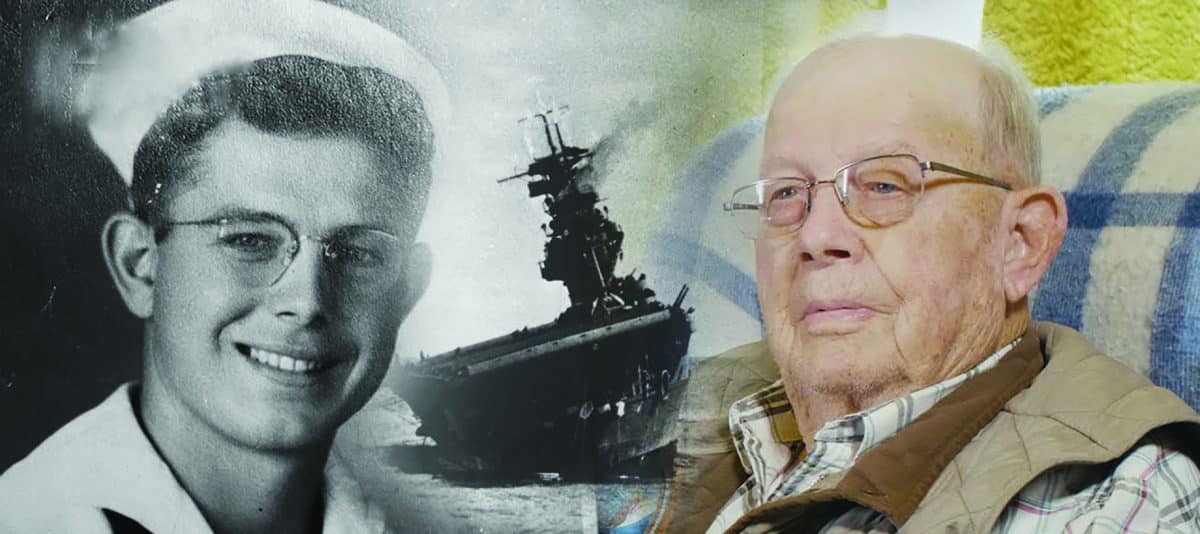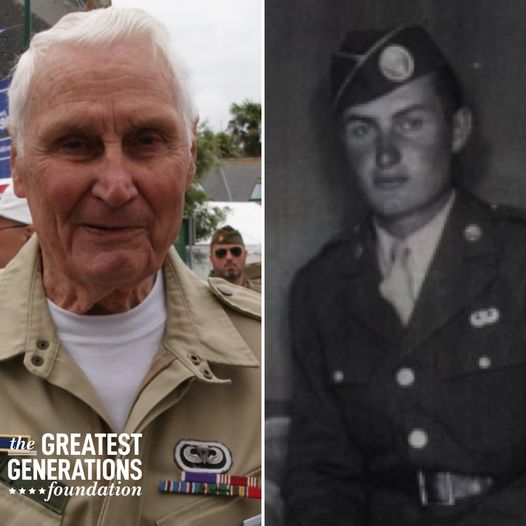Posted By: F4UDash4
The Passing of The Greatest Generation. - 04/29/18 04:05 PM
I hope others will add to this thread.
From "The Greatest Generations Foundation" Facebook page:
AMERICA GREATEST HEROES: The last surviving member of the Maryland Chapter of the Pearl Harbor Survivors Association passed away this week.
Clarence Davis, a resident of Charlotte Hall for 33 years, died on Sunday, April 22, at Spring Village of Wildewood Assisted Living at the age of 94.
Davis had been suffering from Alzheimer’s for the last five or so years, his son, Mike Davis of Leonardtown, said.
The United States was attacked at Pearl Harbor by the Japanese on Dec. 7, 1941, which marked the American start of World War II, as more than 2,400 servicemen and civilians were killed.
By 2009, Clarence Davis was the last survivor of Pearl Harbor living in St. Mary’s County. There were only 12 Pearl Harbor survivors in all of Maryland in 2011, he said then.
Davis’ service ‘bookended’ the war
Growing up in Texas, Clarence Davis joined the Navy at the age of 17 on Jan. 24, 1941, months before the Pearl Harbor bombing.
He was ordered to the USS Oglala, a mine-sweeping ship, but when he arrived at Pearl Harbor, the order was changed to the repair ship USS Medusa. Between the two vessels, “I didn’t know the difference,” Clarence Davis said in a 2009 interview.
But the Oglala was one of 18 ships to sink to the bottom of Pearl Harbor.
Clarence Davis was working in the Medusa’s kitchen on the third deck down that Sunday morning.
“All of a sudden, we saw this huge ball of fire go up,” across the water at Ford Island in the center of Pearl Harbor, he said. The USS Utah, which was tied at the spot where the Medusa usually was, had just been hit. Fifty-eight of the Utah’s crew were killed.
“That’s twice — didn’t go to the Oglala and didn’t go over to where the Utah was,” Davis said as he recalled his streak of luck at Pearl Harbor.
From his vantage point aboard the USS Medusa, “when I saw that first bomb, we didn’t know what it was.”
Of its three guns, the Medusa had two anti-aircraft guns, which the crew manned to repel fire. A Japanese plane shot up the Medusa, but the ship’s men shot down two enemy planes in return.
Next to the Medusa in the harbor was the USS Curtis, which was hit by both a bomb and a Japanese plane that crashed into it. The Curtis sank, killing 21.
Clarence Davis remained at Pearl Harbor until April 1943 repairing ships. Aboard the USS Garrard, Davis was there at Tokyo Bay on Sept. 2, 1945, when the Japanese formally surrendered.
“He was aboard one of the many ships anchored in Tokyo Bay when the peace treaty was signed, thus making him one of only a handful of Navy personnel to ‘bookend’ the war,” his obituary said.
Mike Davis said it took a long time for his father to start talking about his experience at Pearl Harbor. His father didn’t join the Pearl Harbor Survivors Association until the 1980s, but once he did, “it gave him a great deal of focus.”
The attack on Pearl Harbor “had an enormous effect because of his age. He was so young when it happened, probably less so than a soldier in a foxhole. He was in a ship, a repair ship nonetheless,” Mike Davis said.
On behalf of TGGF and its members, we salute Mr. Davis for his dedication and service to our freedom.

From "The Greatest Generations Foundation" Facebook page:
AMERICA GREATEST HEROES: The last surviving member of the Maryland Chapter of the Pearl Harbor Survivors Association passed away this week.
Clarence Davis, a resident of Charlotte Hall for 33 years, died on Sunday, April 22, at Spring Village of Wildewood Assisted Living at the age of 94.
Davis had been suffering from Alzheimer’s for the last five or so years, his son, Mike Davis of Leonardtown, said.
The United States was attacked at Pearl Harbor by the Japanese on Dec. 7, 1941, which marked the American start of World War II, as more than 2,400 servicemen and civilians were killed.
By 2009, Clarence Davis was the last survivor of Pearl Harbor living in St. Mary’s County. There were only 12 Pearl Harbor survivors in all of Maryland in 2011, he said then.
Davis’ service ‘bookended’ the war
Growing up in Texas, Clarence Davis joined the Navy at the age of 17 on Jan. 24, 1941, months before the Pearl Harbor bombing.
He was ordered to the USS Oglala, a mine-sweeping ship, but when he arrived at Pearl Harbor, the order was changed to the repair ship USS Medusa. Between the two vessels, “I didn’t know the difference,” Clarence Davis said in a 2009 interview.
But the Oglala was one of 18 ships to sink to the bottom of Pearl Harbor.
Clarence Davis was working in the Medusa’s kitchen on the third deck down that Sunday morning.
“All of a sudden, we saw this huge ball of fire go up,” across the water at Ford Island in the center of Pearl Harbor, he said. The USS Utah, which was tied at the spot where the Medusa usually was, had just been hit. Fifty-eight of the Utah’s crew were killed.
“That’s twice — didn’t go to the Oglala and didn’t go over to where the Utah was,” Davis said as he recalled his streak of luck at Pearl Harbor.
From his vantage point aboard the USS Medusa, “when I saw that first bomb, we didn’t know what it was.”
Of its three guns, the Medusa had two anti-aircraft guns, which the crew manned to repel fire. A Japanese plane shot up the Medusa, but the ship’s men shot down two enemy planes in return.
Next to the Medusa in the harbor was the USS Curtis, which was hit by both a bomb and a Japanese plane that crashed into it. The Curtis sank, killing 21.
Clarence Davis remained at Pearl Harbor until April 1943 repairing ships. Aboard the USS Garrard, Davis was there at Tokyo Bay on Sept. 2, 1945, when the Japanese formally surrendered.
“He was aboard one of the many ships anchored in Tokyo Bay when the peace treaty was signed, thus making him one of only a handful of Navy personnel to ‘bookend’ the war,” his obituary said.
Mike Davis said it took a long time for his father to start talking about his experience at Pearl Harbor. His father didn’t join the Pearl Harbor Survivors Association until the 1980s, but once he did, “it gave him a great deal of focus.”
The attack on Pearl Harbor “had an enormous effect because of his age. He was so young when it happened, probably less so than a soldier in a foxhole. He was in a ship, a repair ship nonetheless,” Mike Davis said.
On behalf of TGGF and its members, we salute Mr. Davis for his dedication and service to our freedom.

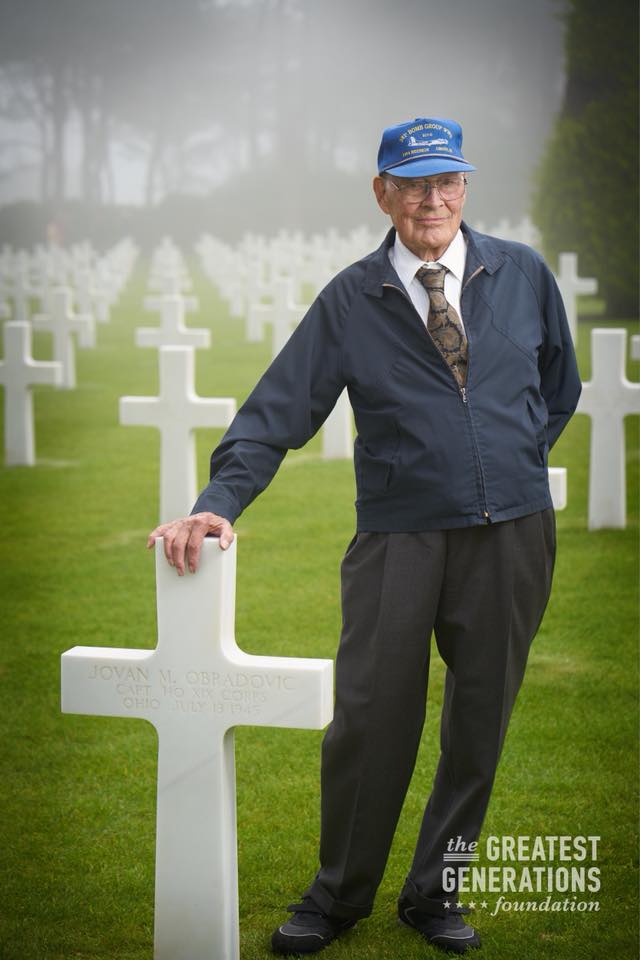






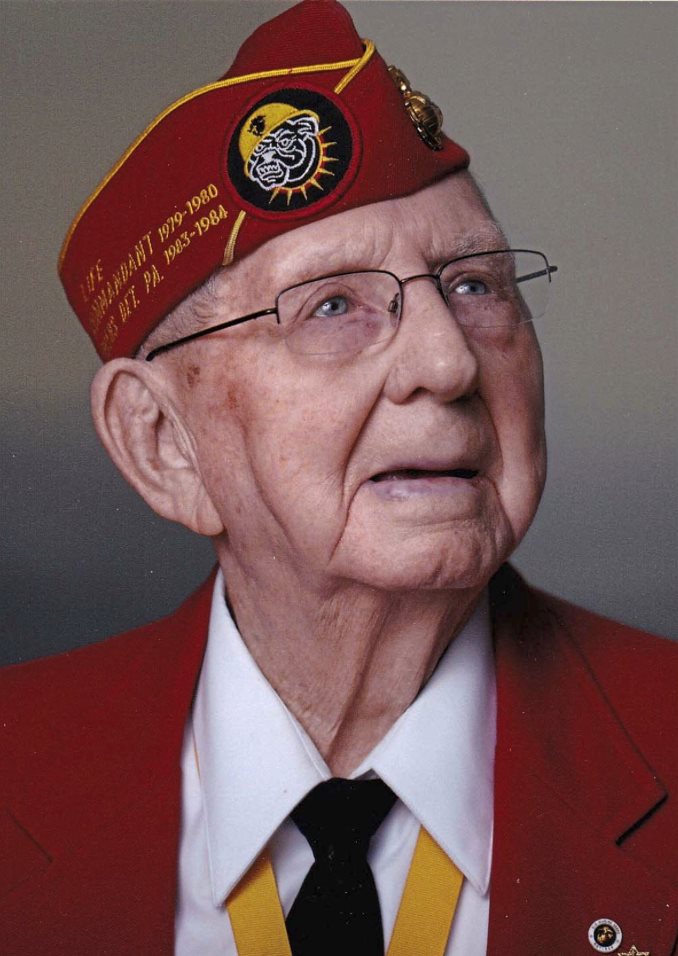
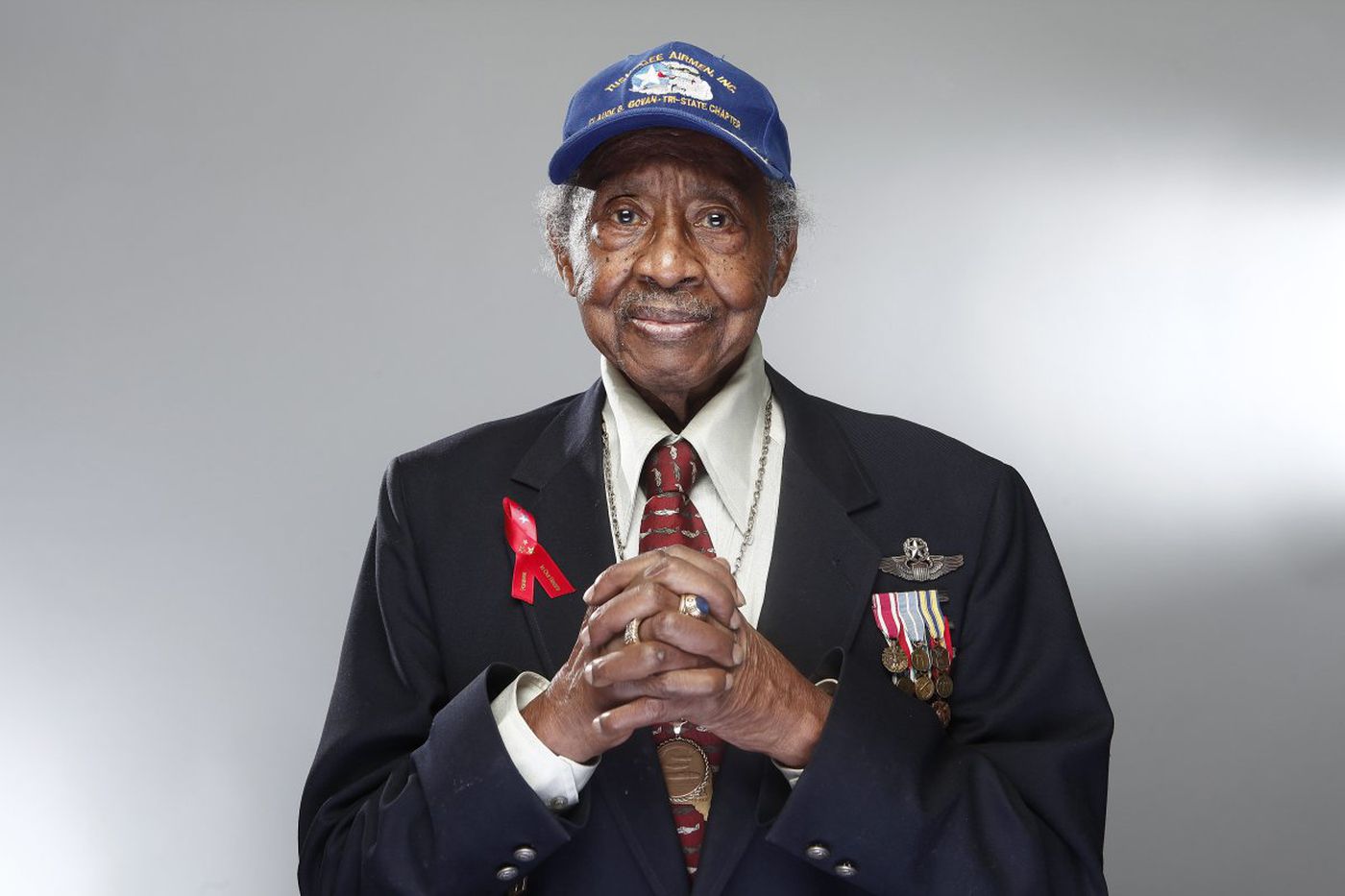











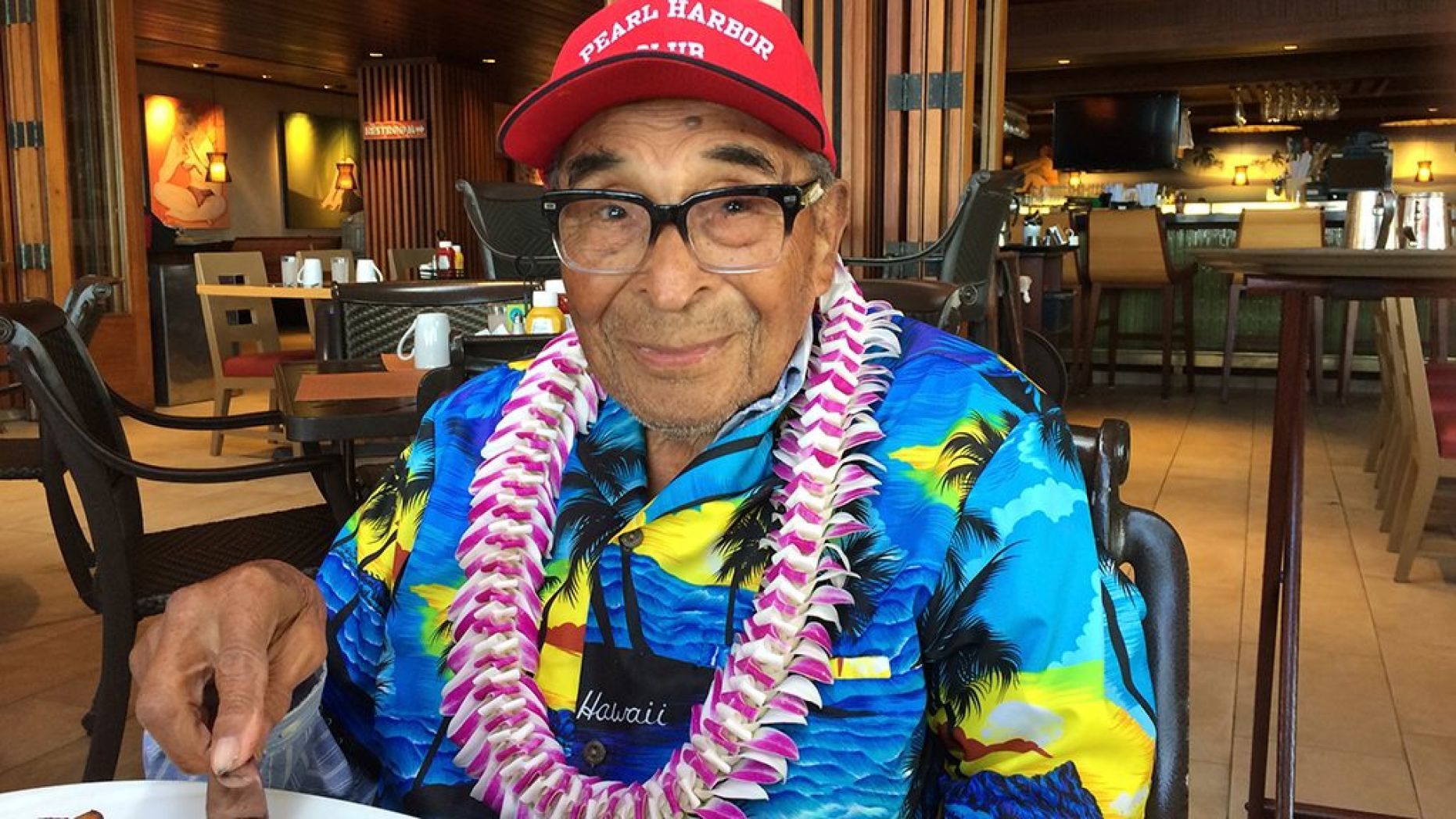







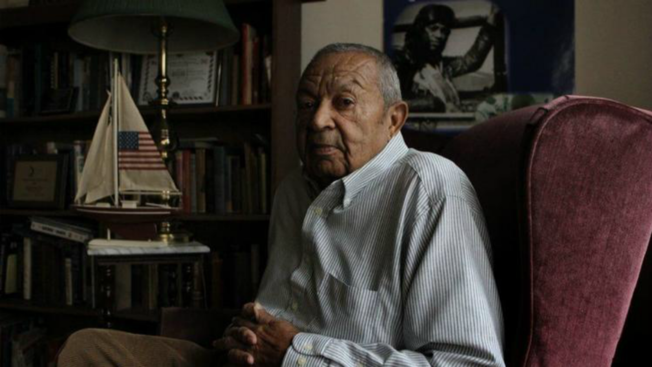
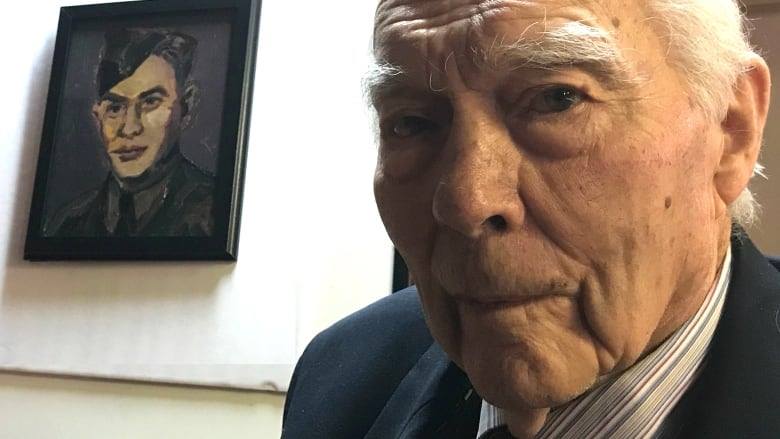







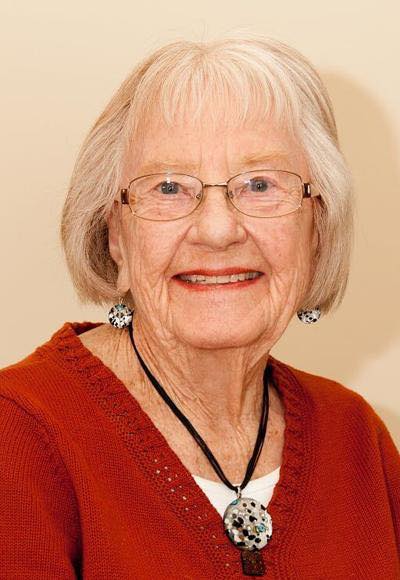



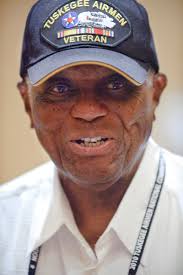


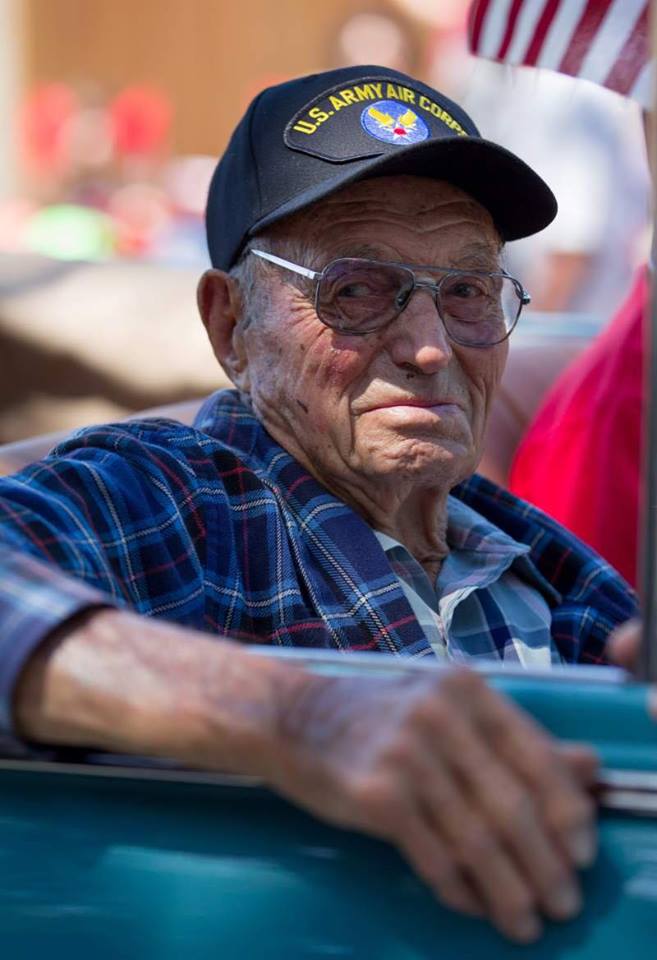




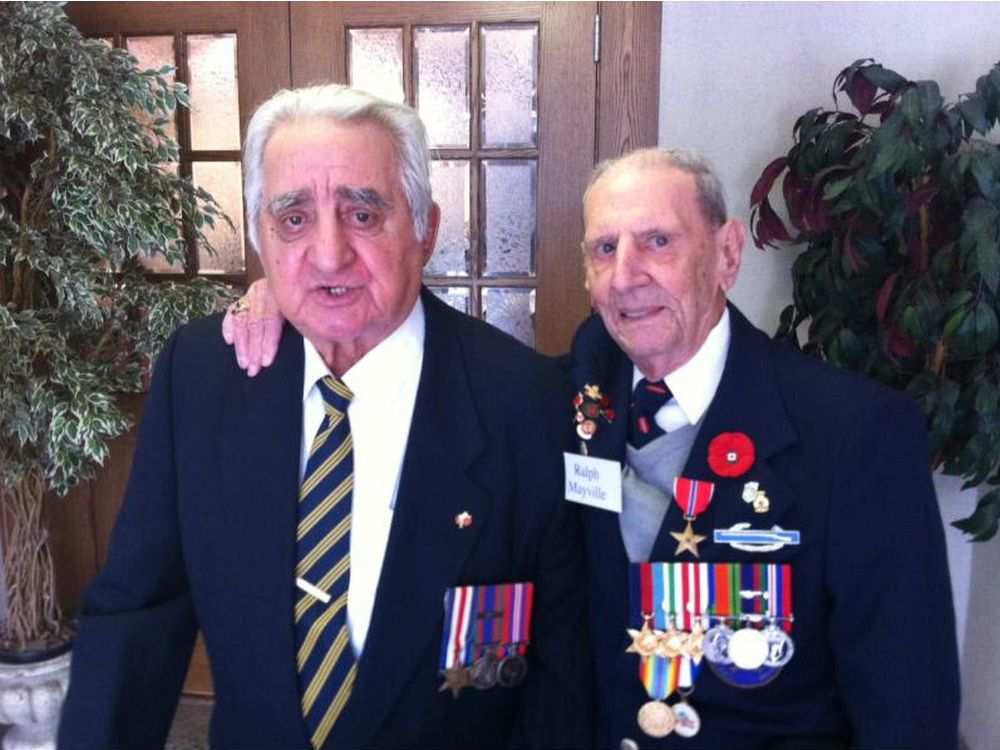

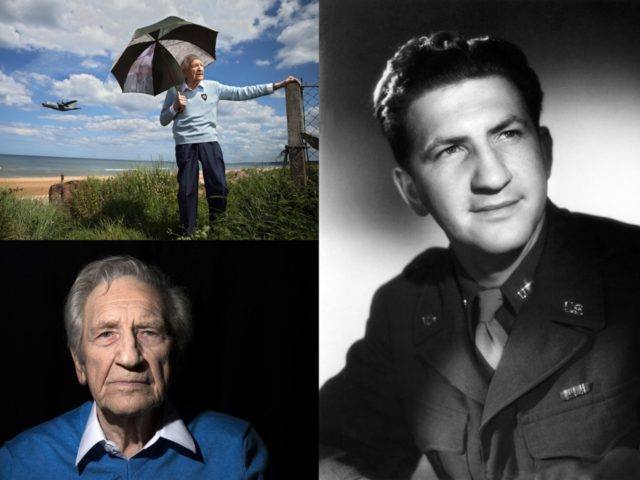

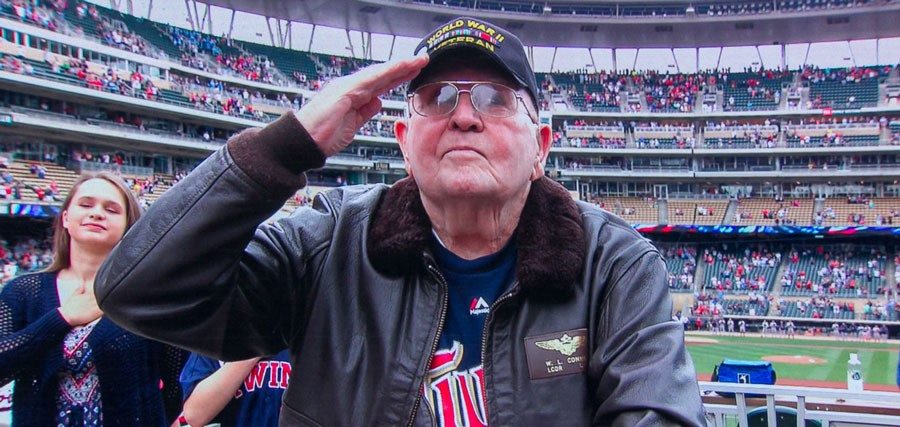
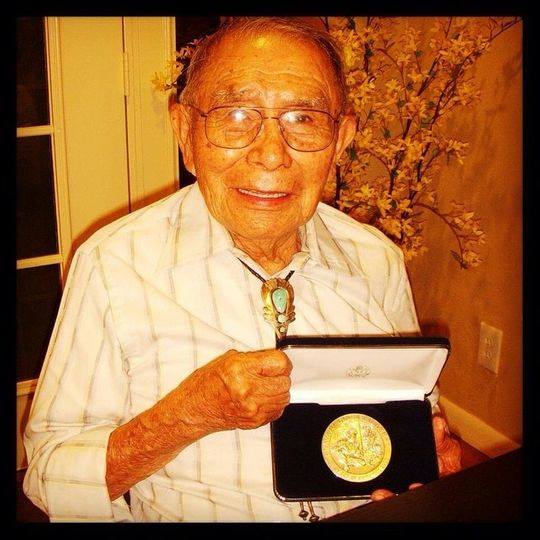



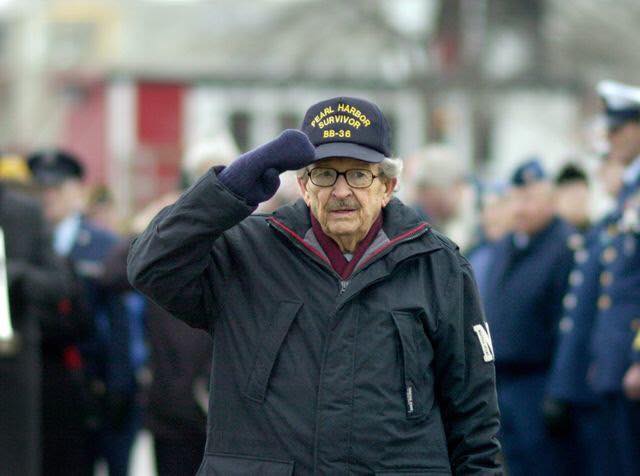


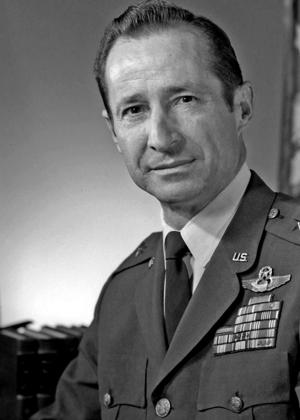
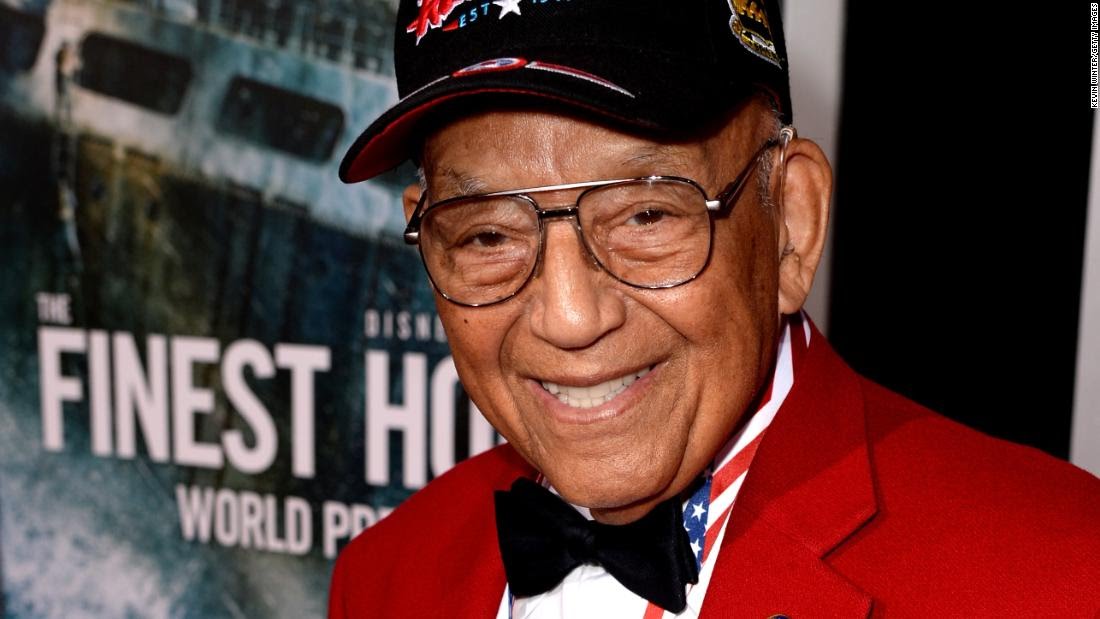
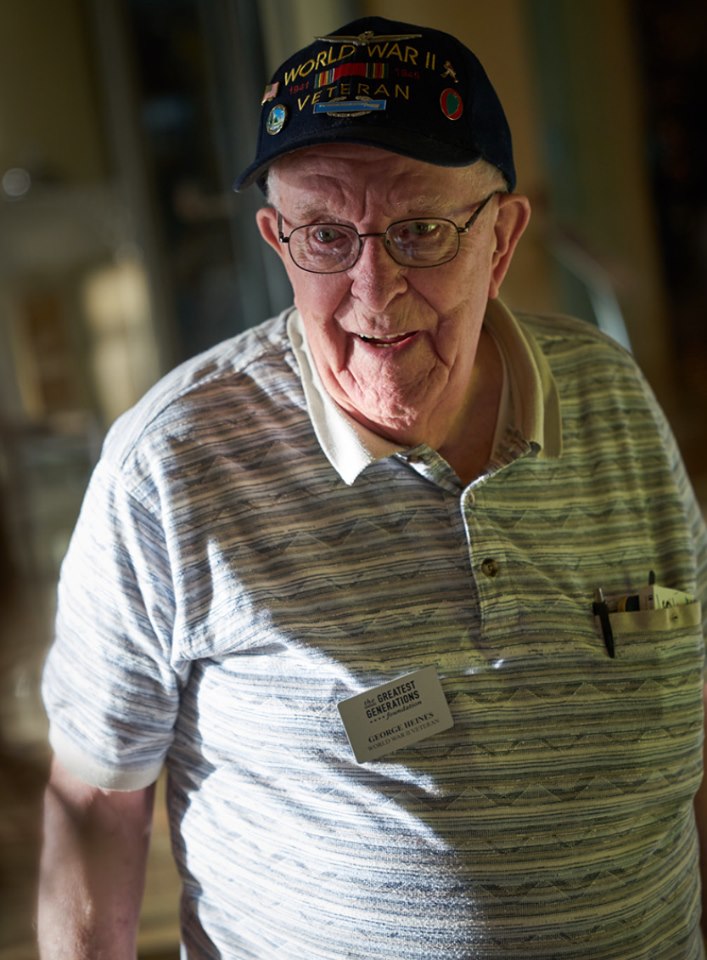

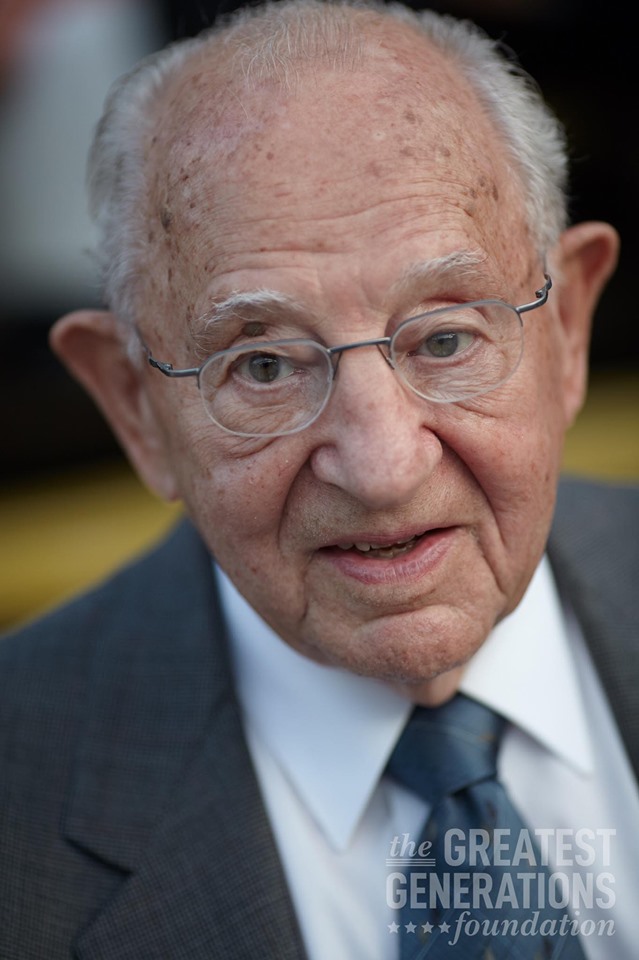
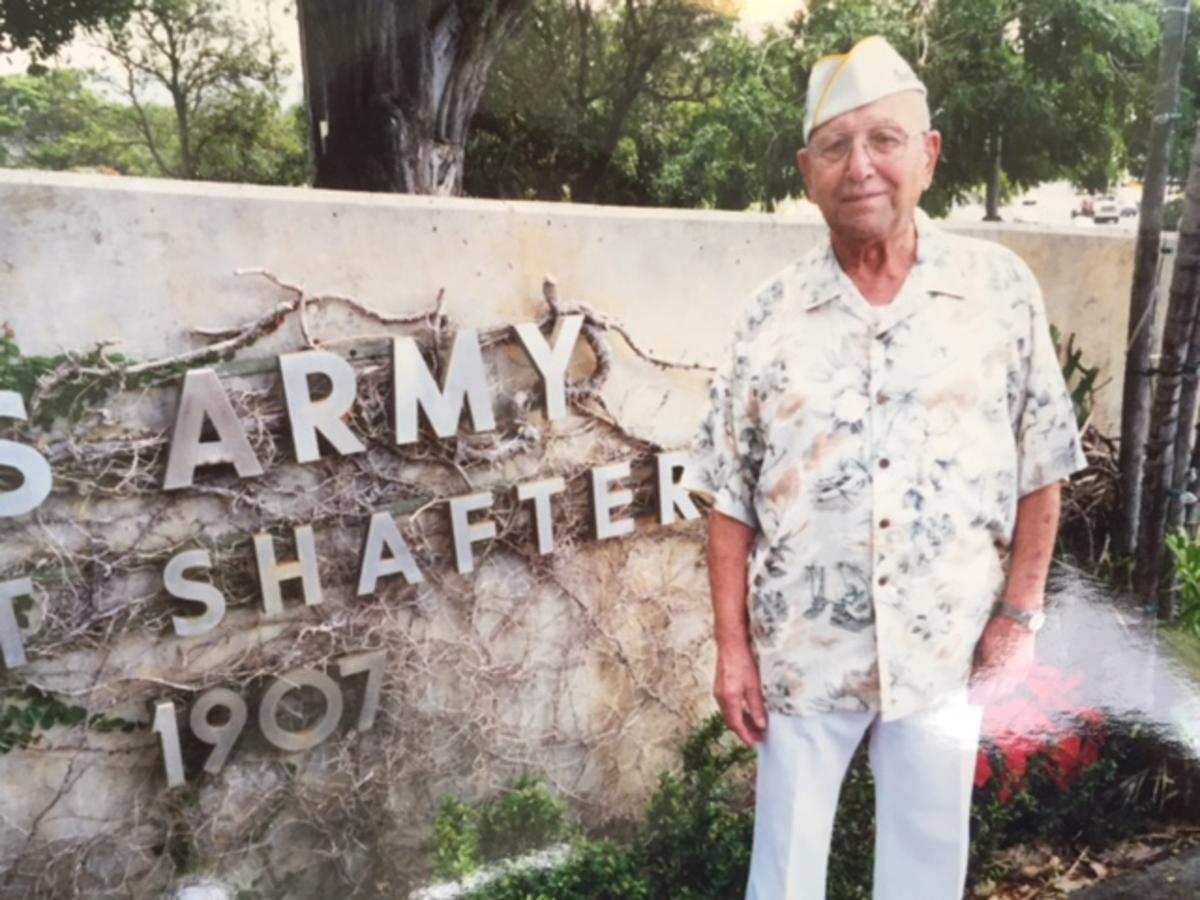


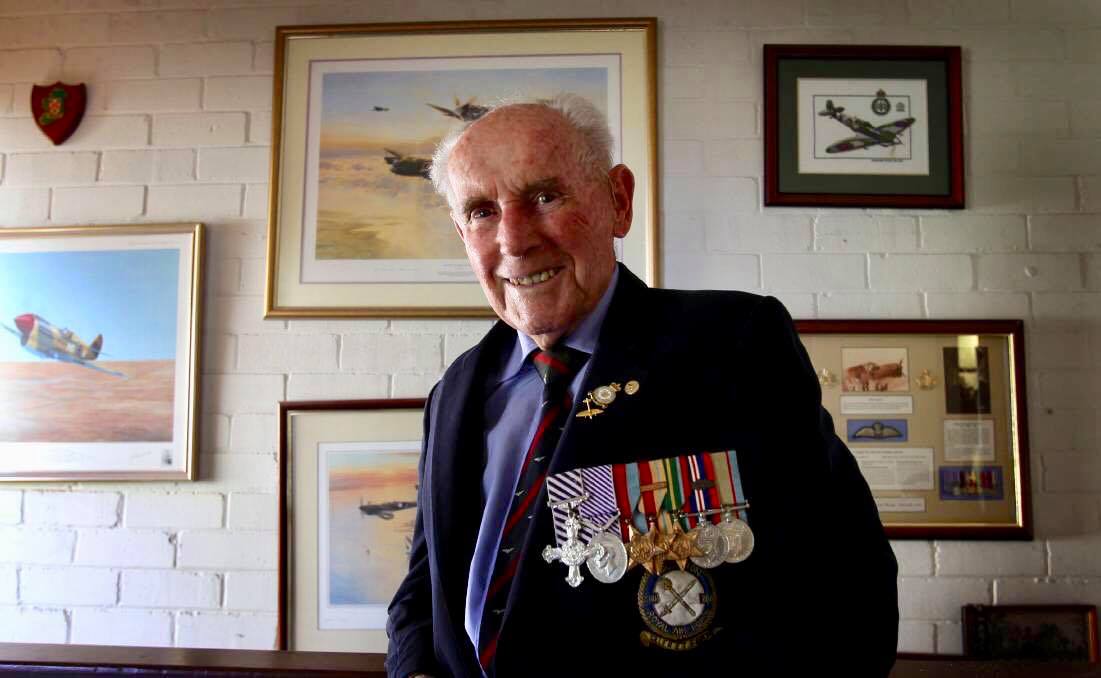




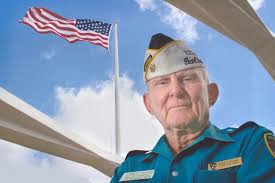
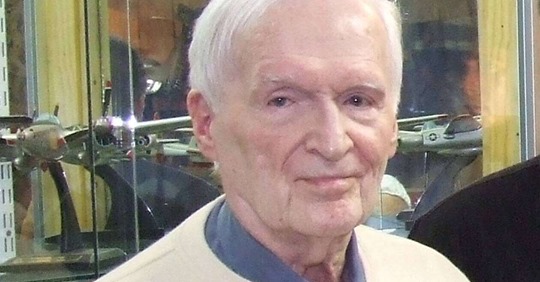

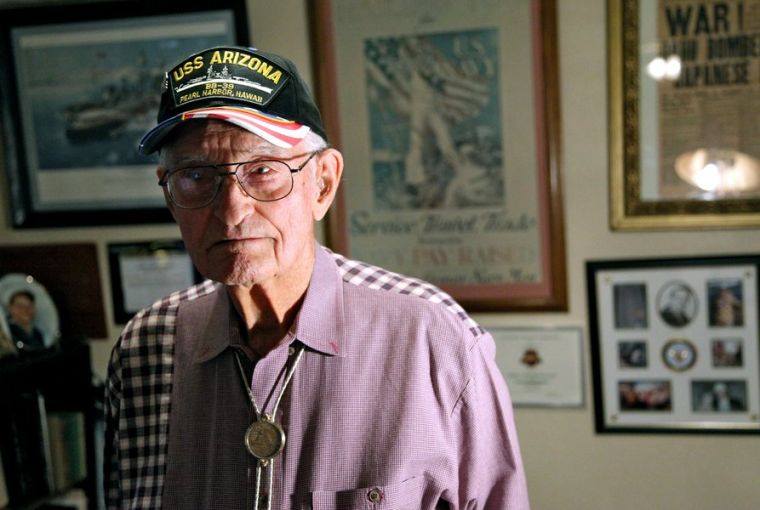


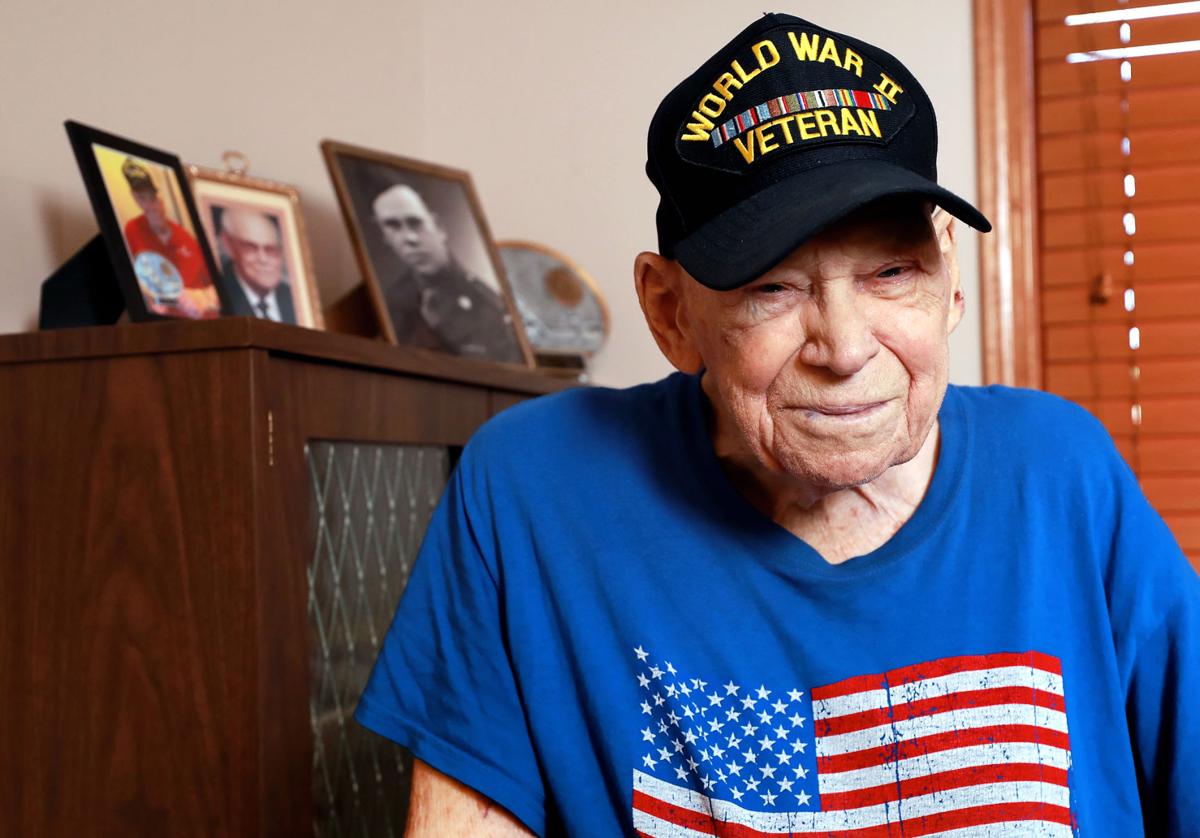

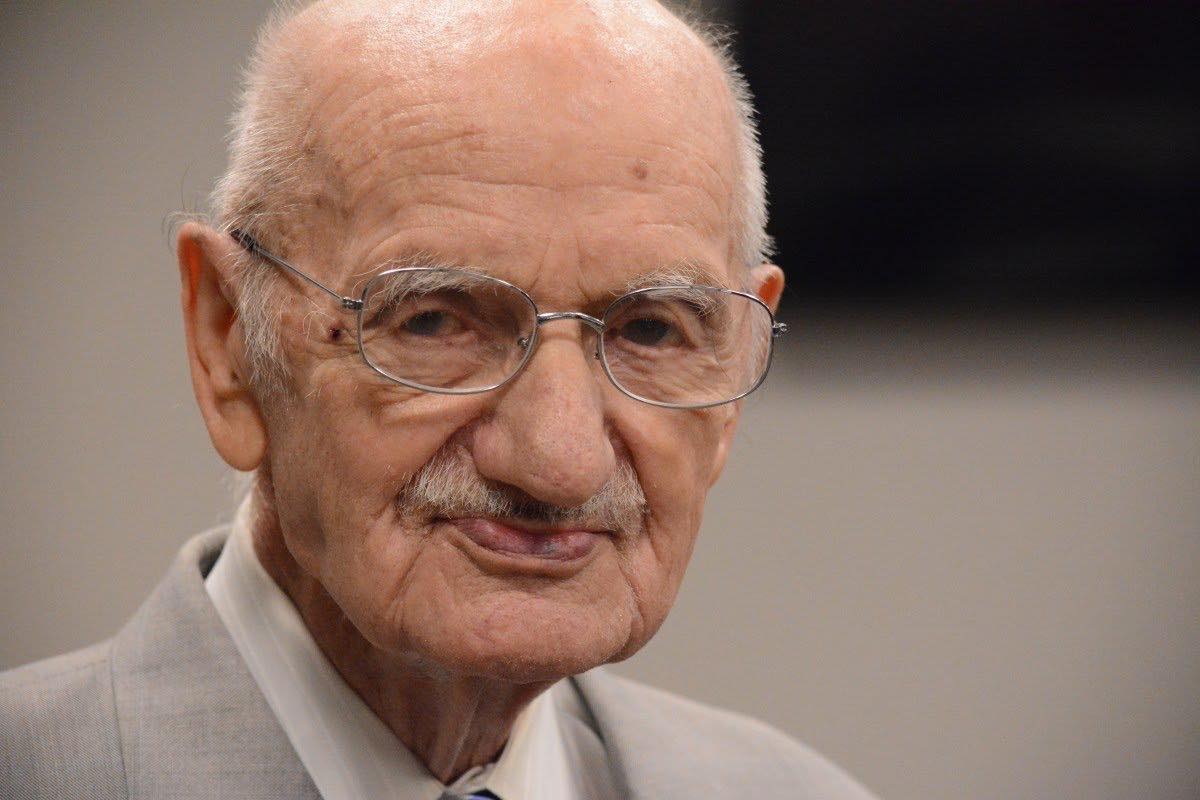

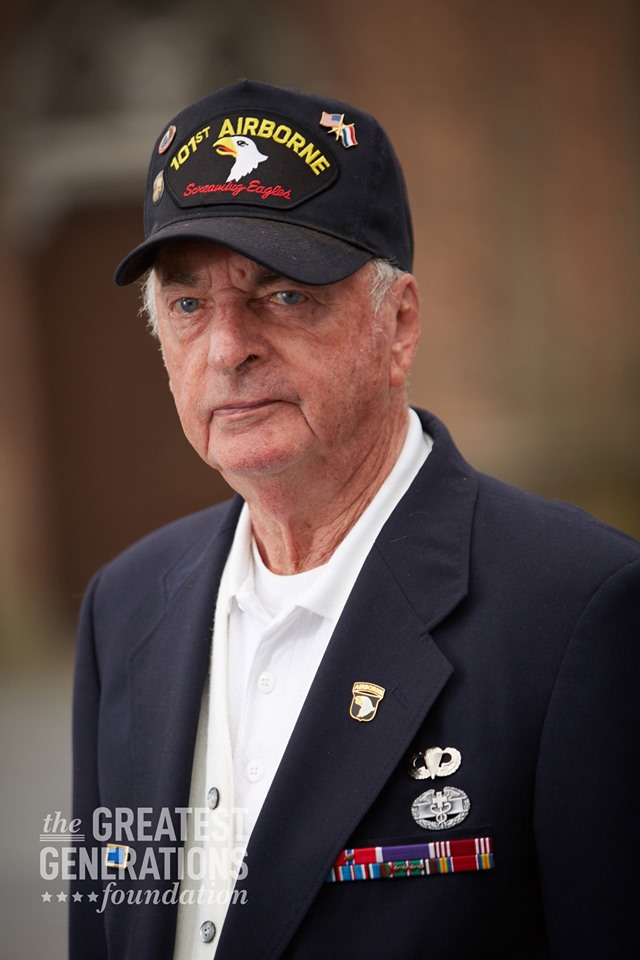
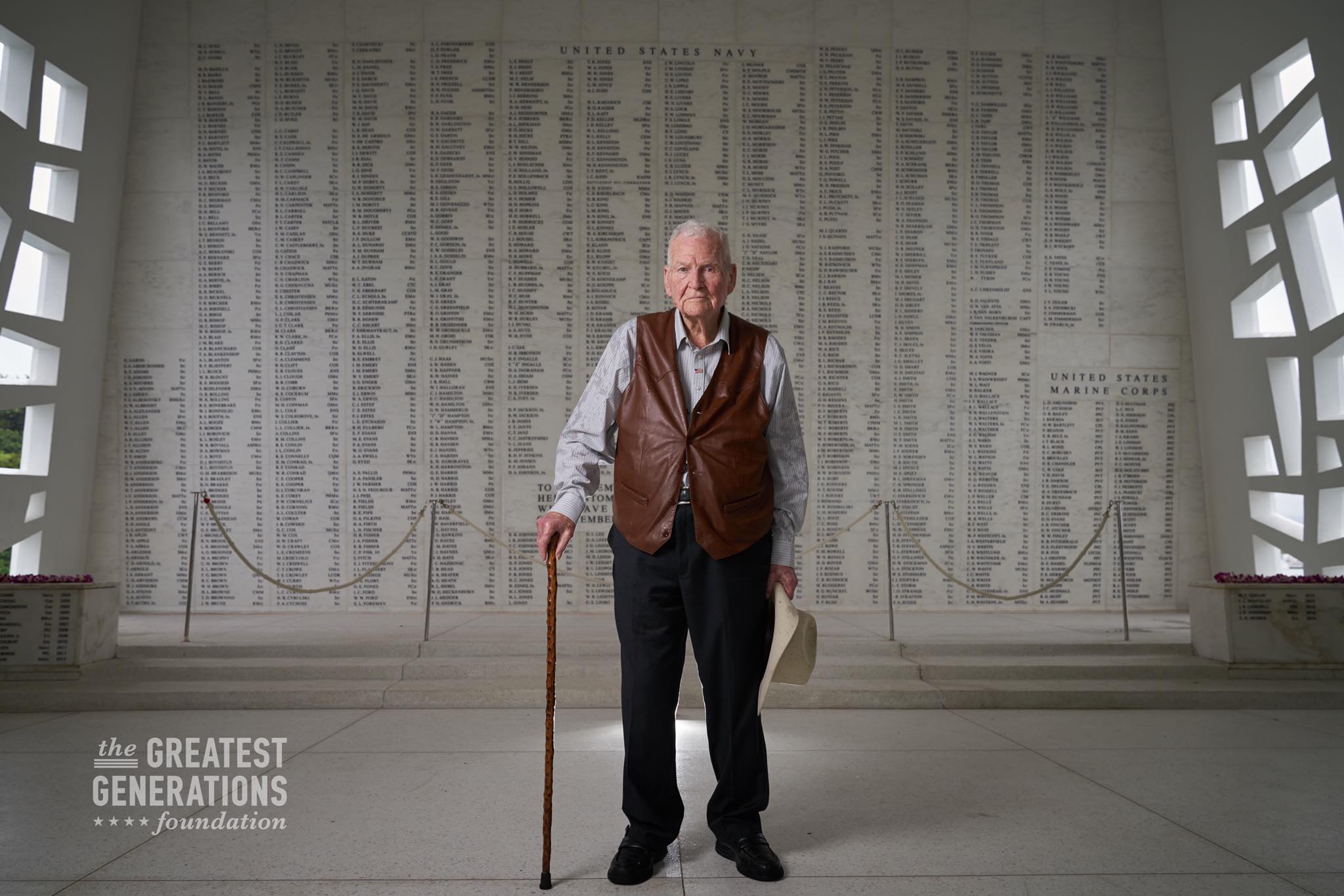


























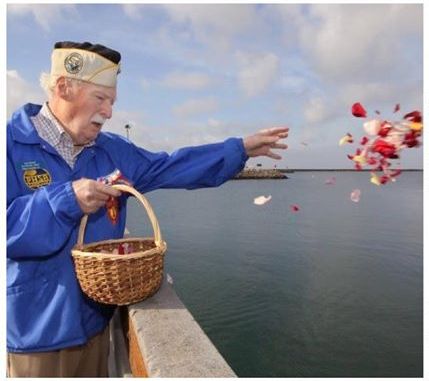













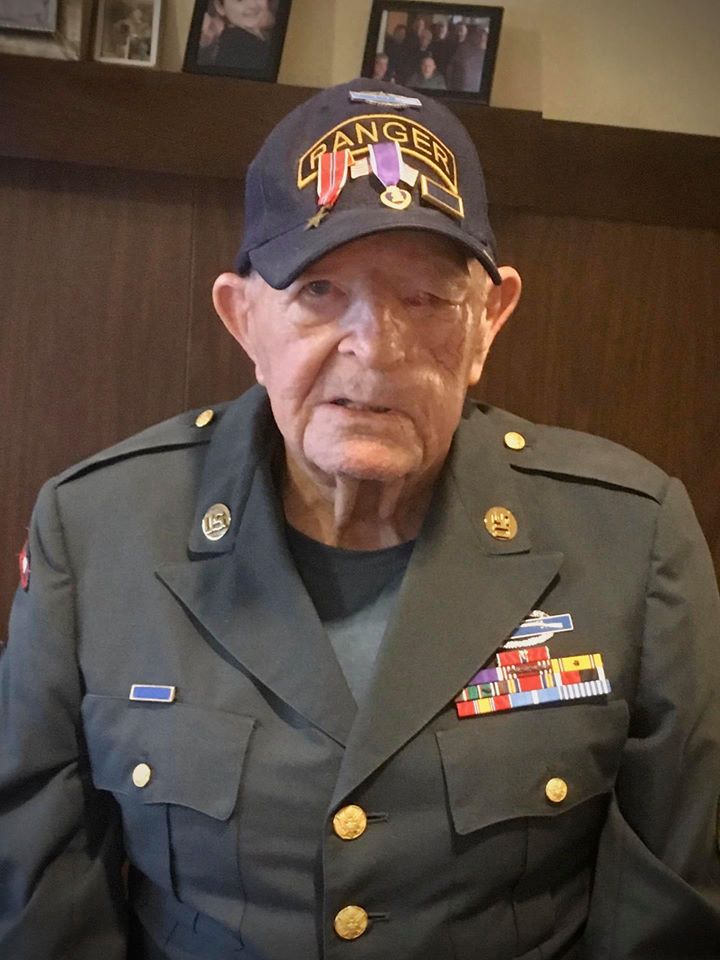








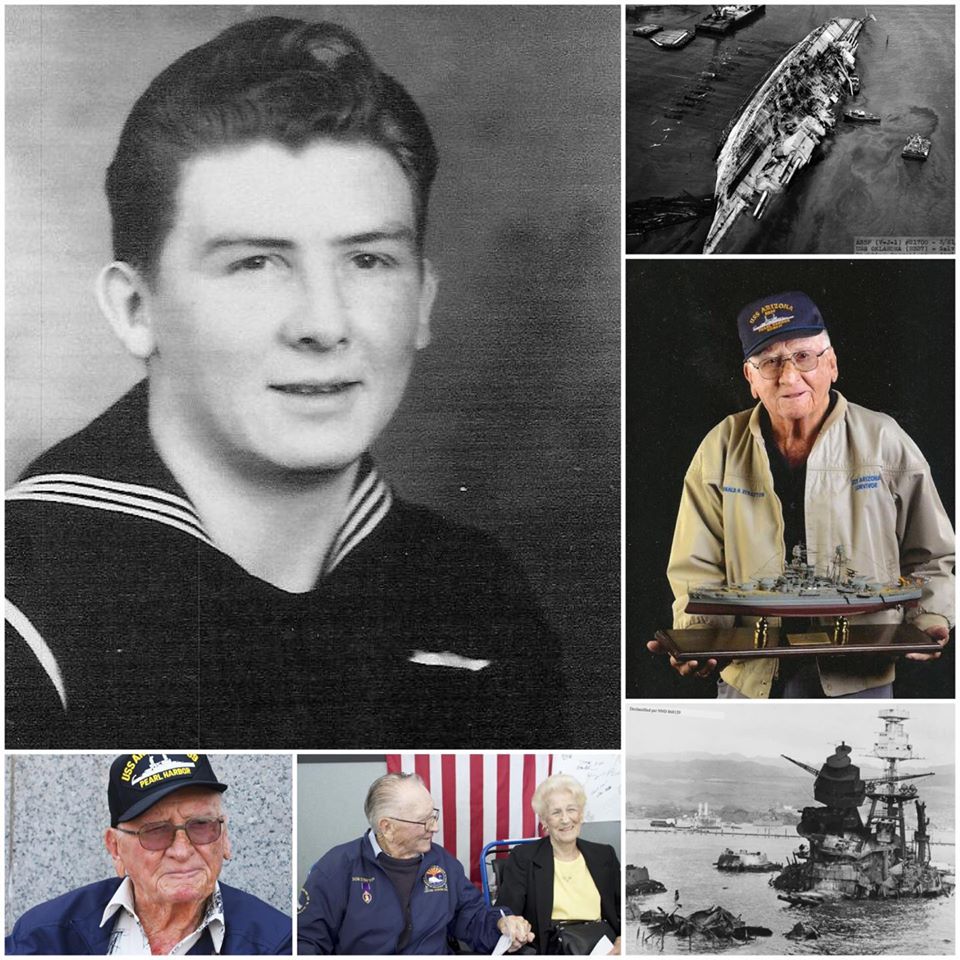




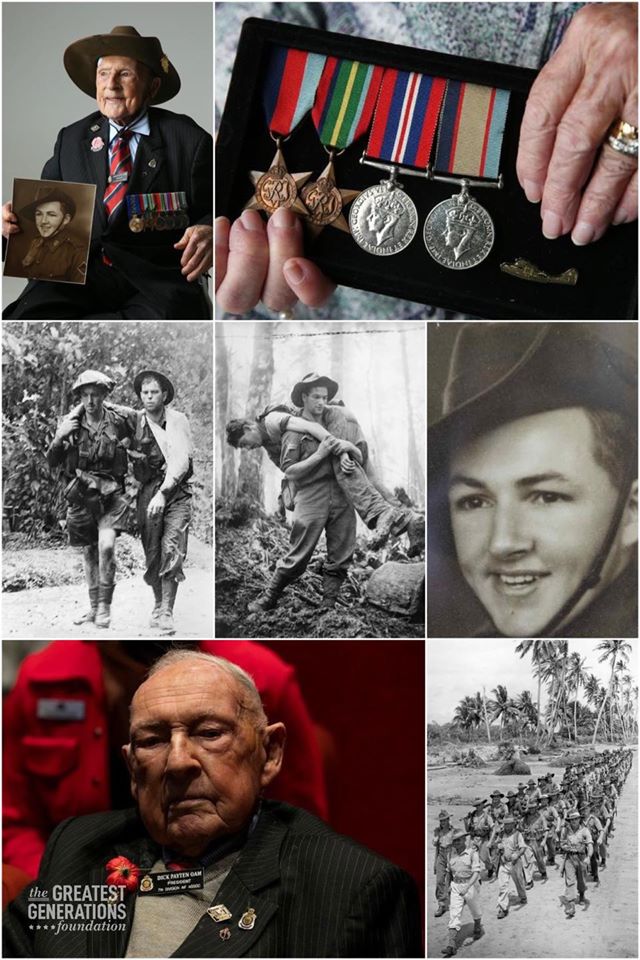


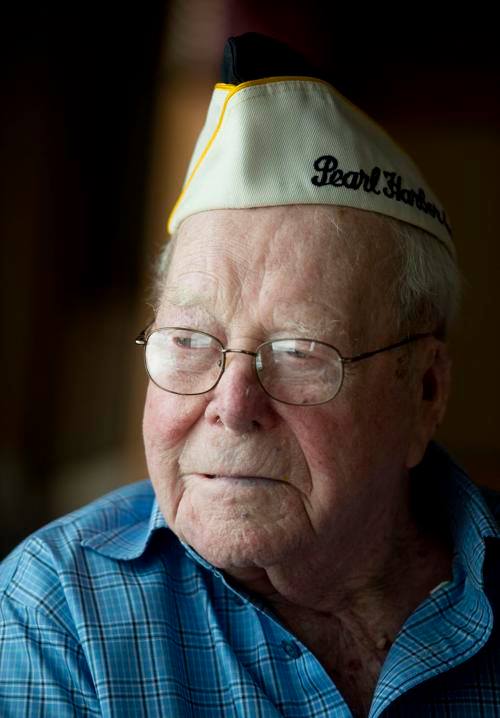





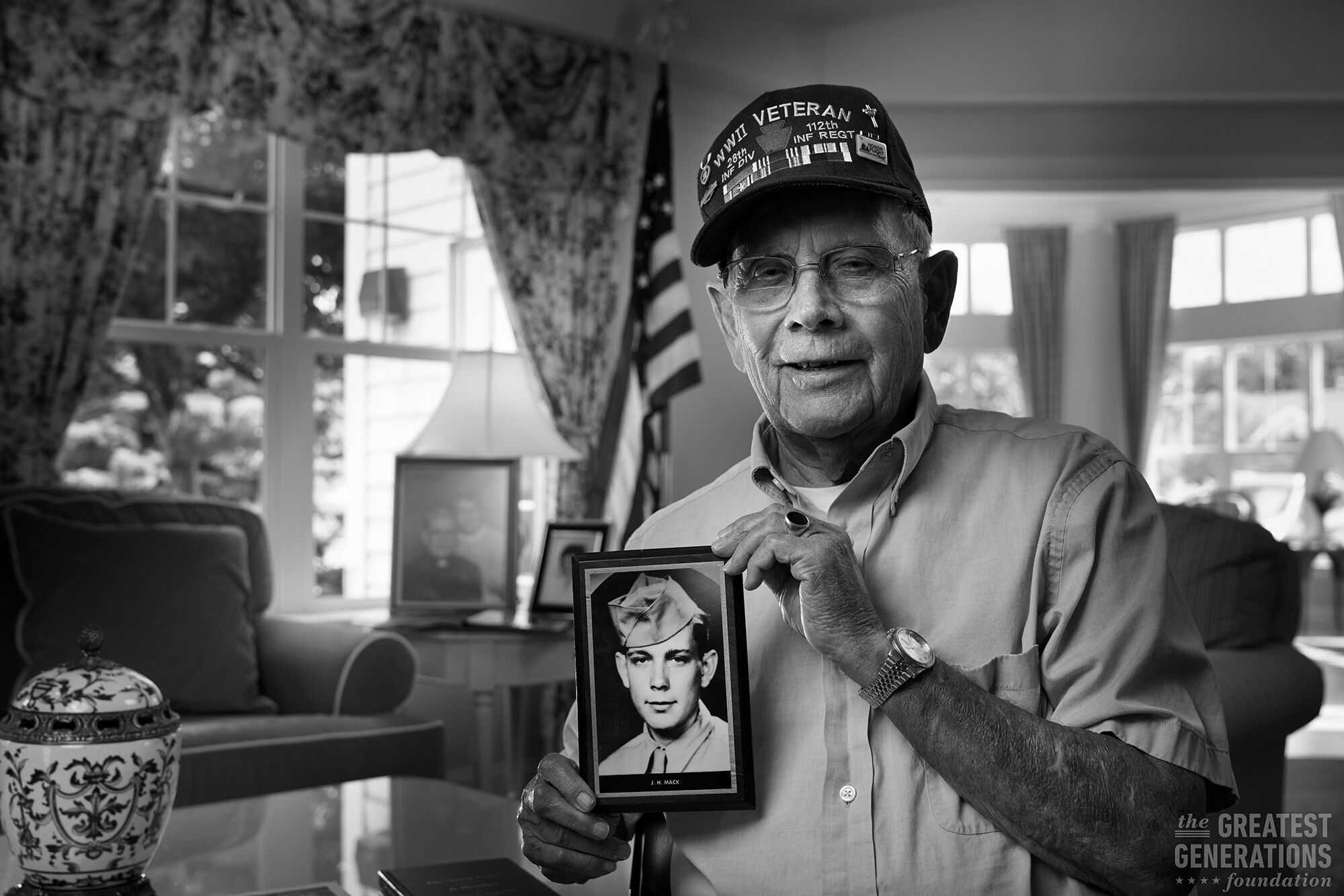







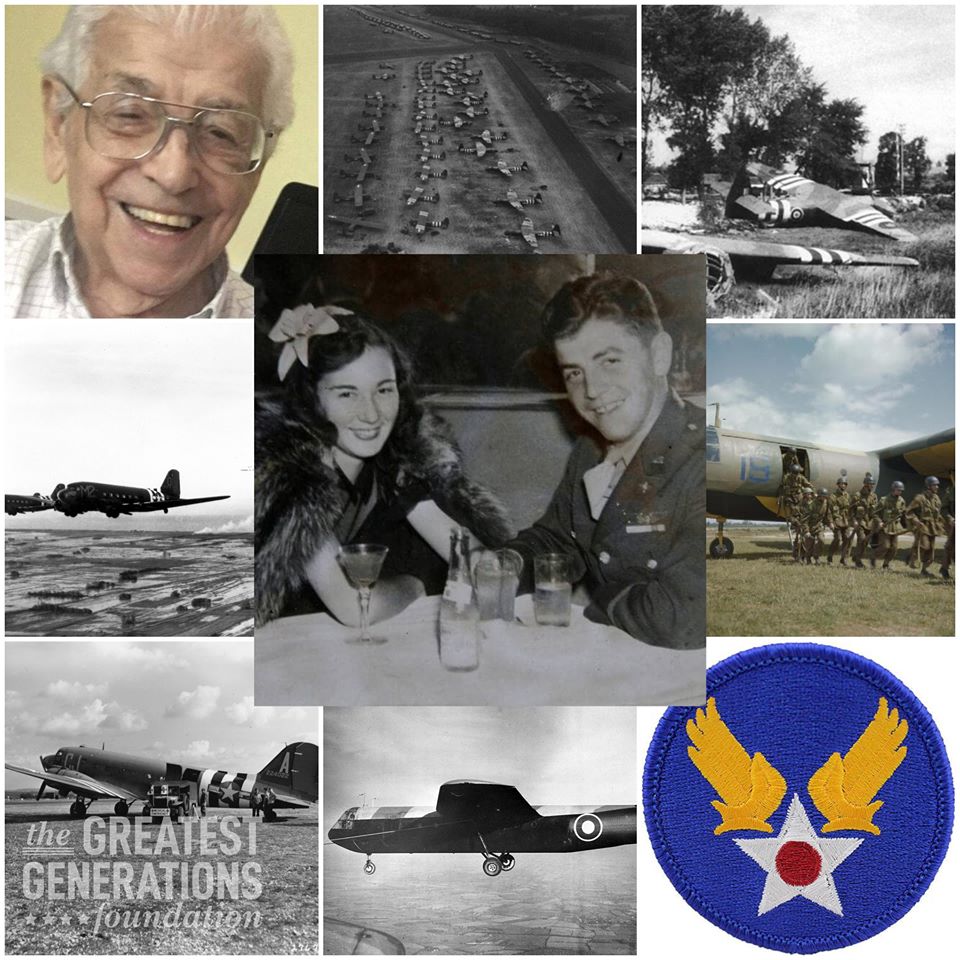








![[Linked Image]](https://img.photobucket.com/albums/v369/RedToo/BB1.jpeg)
![[Linked Image]](https://img.photobucket.com/albums/v369/RedToo/BB2.jpeg)




![[Linked Image]](https://farm3.staticflickr.com/2933/13953443285_ea03284a9f_o.jpg)


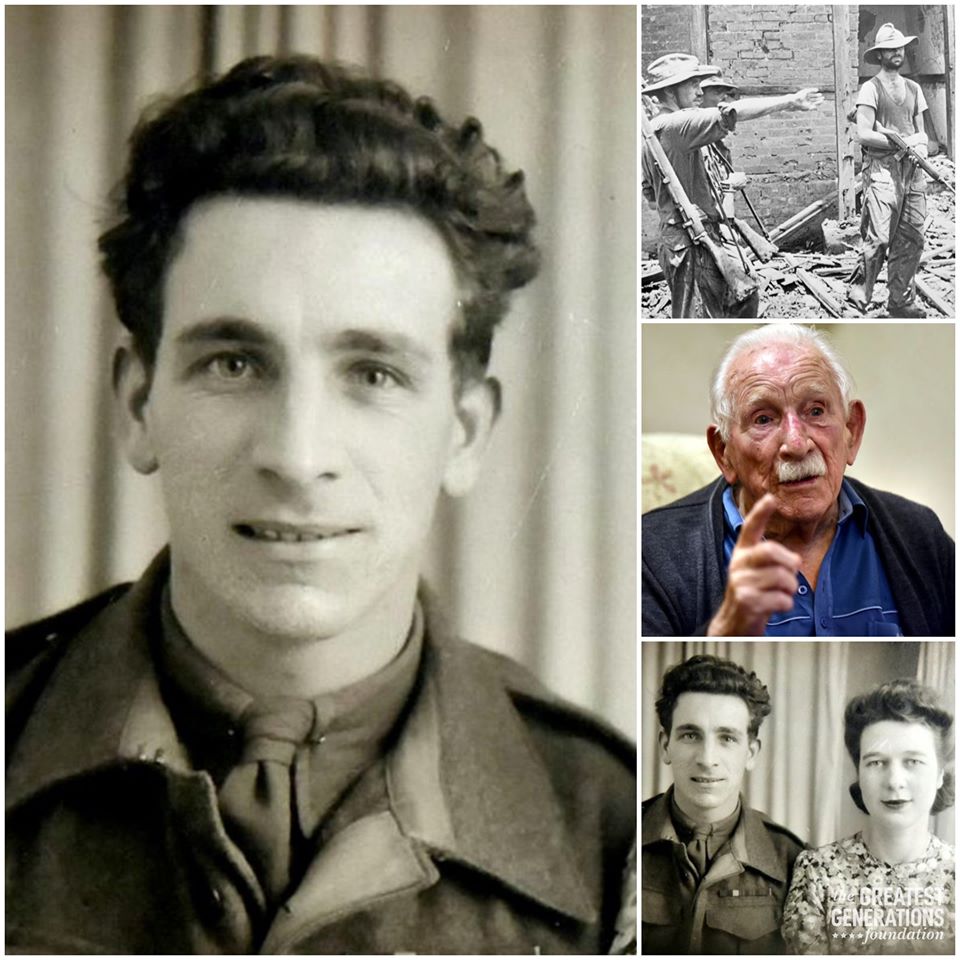


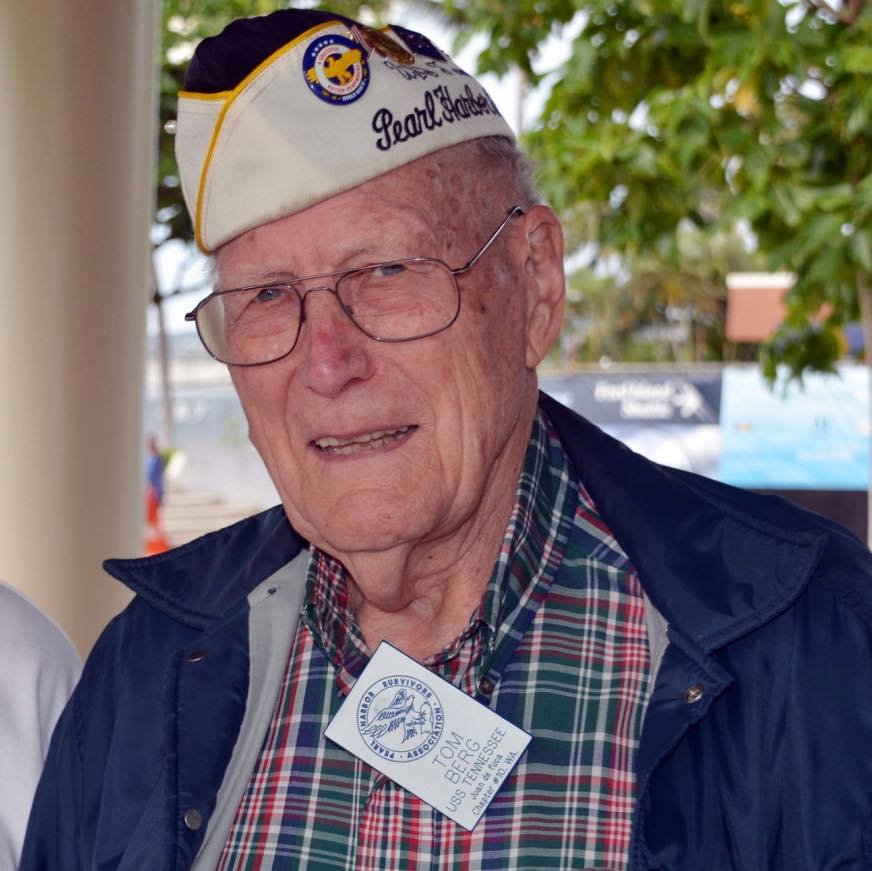


































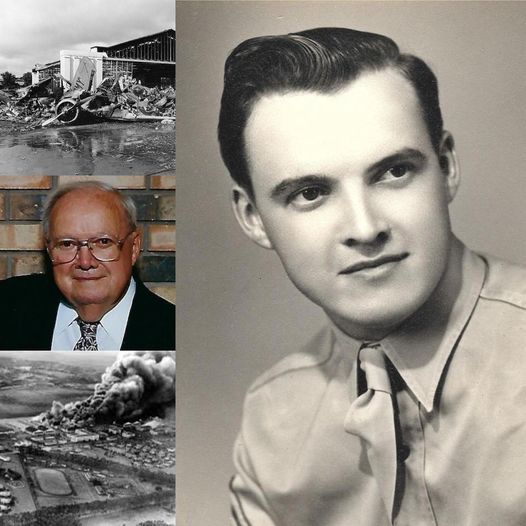





![[Linked Image]](https://i.postimg.cc/BnTJ2z7V/9999-obit-gaynor-w-re.jpg)






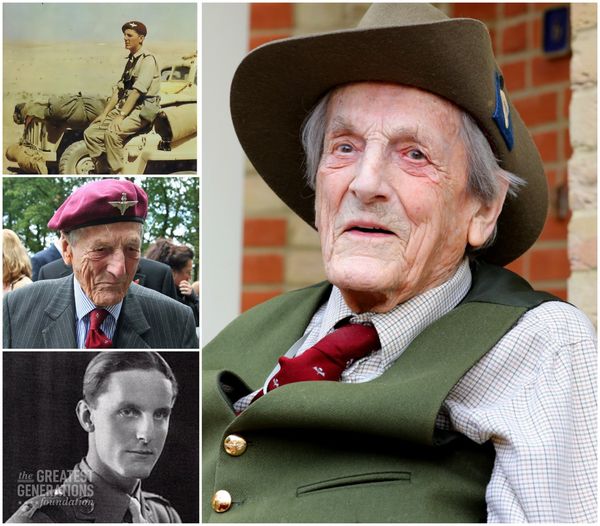





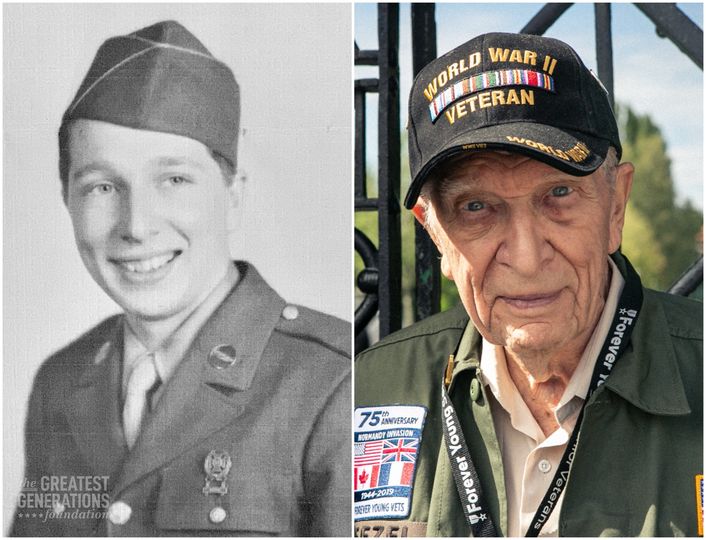
























![[Linked Image]](https://thumbs2.imgbox.com/50/c1/KSWpB0Ik_t.jpg)








